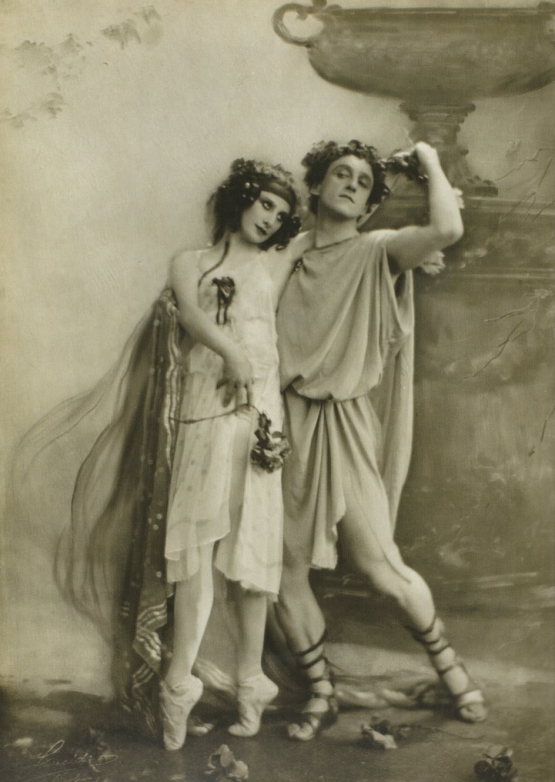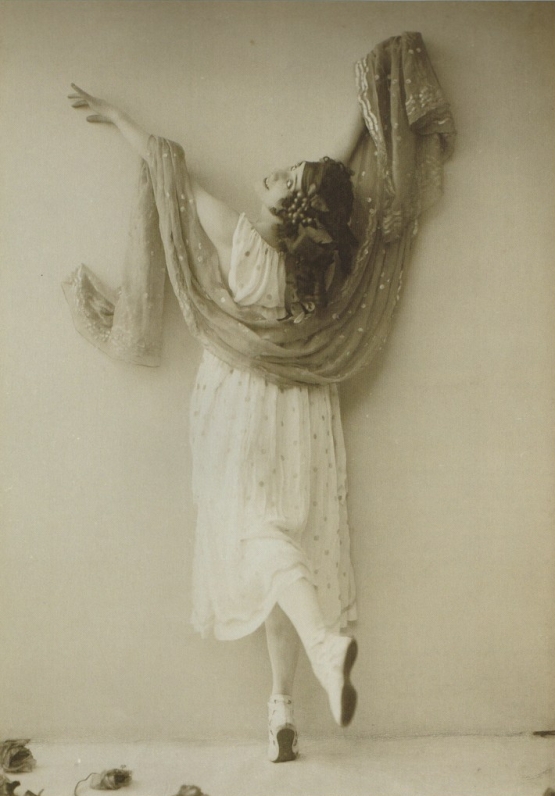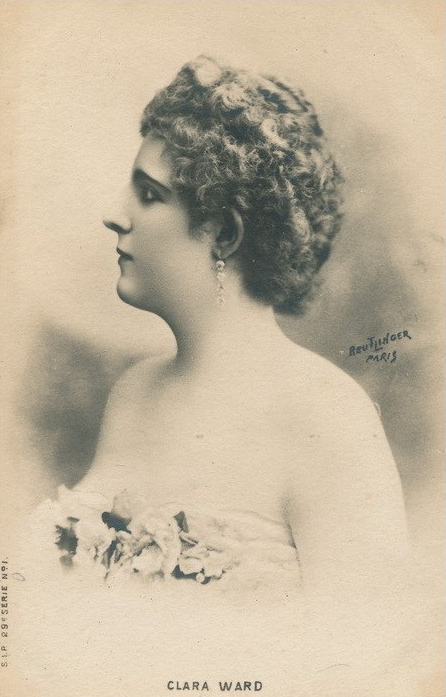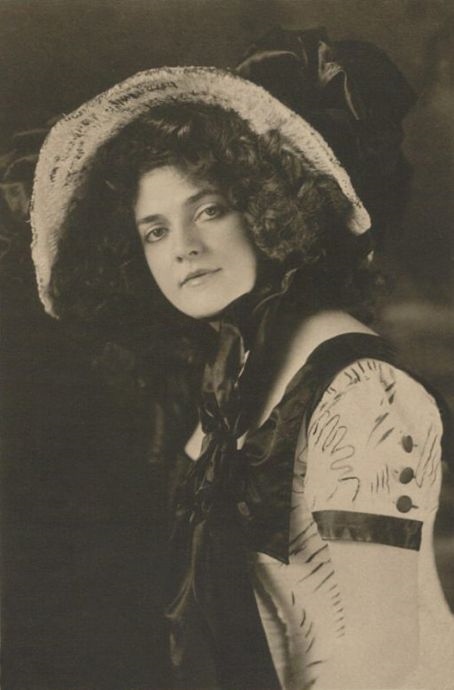Anna Pavlova (1881 – 1931) was a Russian Empire ballerina of the late 19th and the early 20th centuries. She is widely regarded as one of the finest classical ballet dancers in history and was most noted as a principal artist of the Imperial Russian Ballet and the Ballets Russes of Sergei Diaghilev.
Young Pavlova’s years of training were difficult. Classical ballet did not come easily to her. Her severely arched feet, thin ankles, and long limbs clashed with the small and compact body in favour for the ballerina at the time. Her fellow students taunted her with such nicknames as The broom and The little savage. Undeterred, Pavlova trained to improve her technique and took extra lessons from the noted teachers of the day. Many of her famous qoutes are about hard work paying of e.g.:
Success depends in a very large measure upon individual initiative and exertion, and cannot be achieved except by a dint of hard work
Pavlova is perhaps most renowned for creating the role of The Dying Swan, a solo choreographed for her by Michel Fokine. The ballet, created in 1905, is danced to Le cygne from The Carnival of the Animals by Camille Saint-Saëns.
While touring in The Hague, Pavlova was told that she had pneumonia and required an operation. She was also told that she would never be able to dance again if she went ahead with it. She refused to have the surgery, saying “If I can’t dance then I’d rather be dead.” She died of pleurisy, three weeks short of her 50th birthday.

Anna Pavlova
Anna Pavlova

Anna Pavlova

Anna Pavlova
Anna Pavlova
Anna Pavlova
The Dying Swan
The short ballet follows the last moments in the life of a swan, and was first presented in St. Petersburg, Russia in 1905. Pavlova performed the dance about 4,000 times. The ballet has since influenced modern interpretations of Odette in Tchaikovsky’s Swan Lake and has inspired non-traditional interpretations and various adaptations.

































